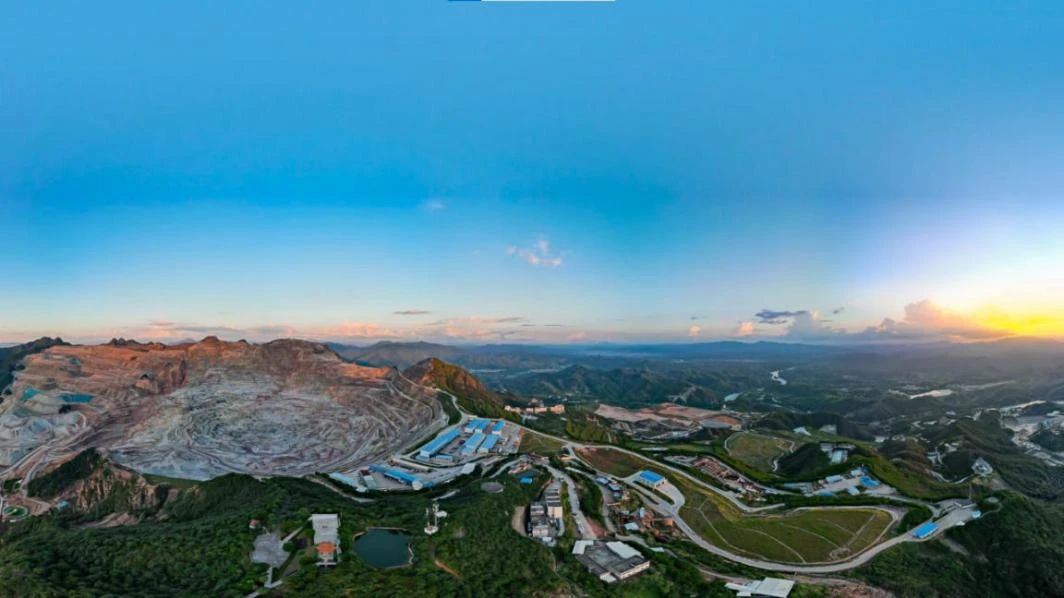
Apr 09, 2022
矿业经济开发中起着重要的作用elopment of every country. Afghanistan, for its part, faces serious economic problems after years of war and devastating violence. Post-war Afghanistan is in ruins. Due to the corruption of the previous government and the freezing of a large number of Afghan assets by the U.S. government, the new Afghan government is in a serious financial squeeze, and it is in urgent need of mining development to increase fiscal revenue. Afghanistan is located in a very favorable position of the global metallogenic belt, rich in copper, gold, iron, cobalt, lithium and energy minerals, has more than 1,400 proven mineral sites, according to the United States Geological Survey estimated that the value of resources between 1 to 3 trillion DOLLARS, almost completely undeveloped. This makes Afghanistan, ravaged by decades of conflict, potentially one of the region's most important and hottest mining development centers.

Mineral resources distribution map of Afghanistan
The estimated resources of copper mine are about 60 million tons, accounting for 4% of global resources and ranking fourth in the world. At present, 317 copper deposits (points) have been discovered. Copper distribution is relatively concentrated, mainly distributed in Kabul, Afghanistan in north-central and logar province, stretching more than 110 km, a world-class giant copper ore concentration area, by the facility, Joe Hal and dahl's three big type stratabound copper deposits and 35 of copper, copper grade in more than 0.6% of the ore reserves estimated at more than 1 billion tons. Aynak copper mining area has proven ore reserves of 700 million tons with an average grade of 1.65% and copper metal content of 11.33 million tons, making it the second undeveloped copper mine in the world.
Iron ore resources are estimated to reach 2.5 billion tons. At present, more than 60 iron deposits and mineralization points have been discovered. The Hajigak sedimentary metamorphic iron ore deposit in Bamiyan province is a world class iron ore concentration area with 500 million tons of proven iron ore reserves. The ore belt extends as long as 600 km and is composed of hematite and magnetite with an average grade of up to 61.3% and low sulfur and other impurities. It can be directly smelted without beneficiation.
The potential resources of lithium ore are more than 100 million tons (including hard rock type lithium ore and salt lake brine type). The Parun mining area in Ghazni province is the largest pegmatite type lithium mining area in Afghanistan. The pegmatite dike consists of 4 pegmatite type lithium ore belts, extending 10 kilometers, which can be divided into 7 lithium deposits, containing 15~30% spodumene, and proven lithium oxide reserves of 3 million tons (calculated according to the depth of 100 meters). Also associated with beryllium, rubidium, cesium, tin, etc. In addition, salt lake brine type lithium deposits also have great potential, and seven major lakes, including Kavir-I-Naizar, Gowde Zereh and Namaksar, have good ore-forming conditions.

The estimated oil and gas resources are 4.86 billion barrels of oil equivalent, making it one of the few onshore areas with low exploration potential in the world. At present, seven gas fields have been discovered in The country, and Afghanistan's natural gas reserves are estimated to be 2 trillion cubic meters. A total of six oil fields have been proved so far, with preliminary proven oil reserves of about 16 million tons, concentrated in Faryab and Jawzjan provinces.
Previous: No Information
Next:Bank Of America: The Global Nickel Market Could Face Supply Shortages And Demand Destruction